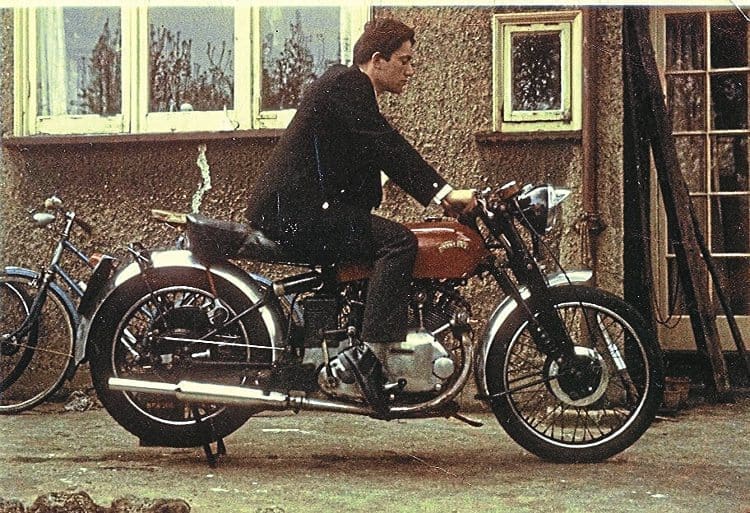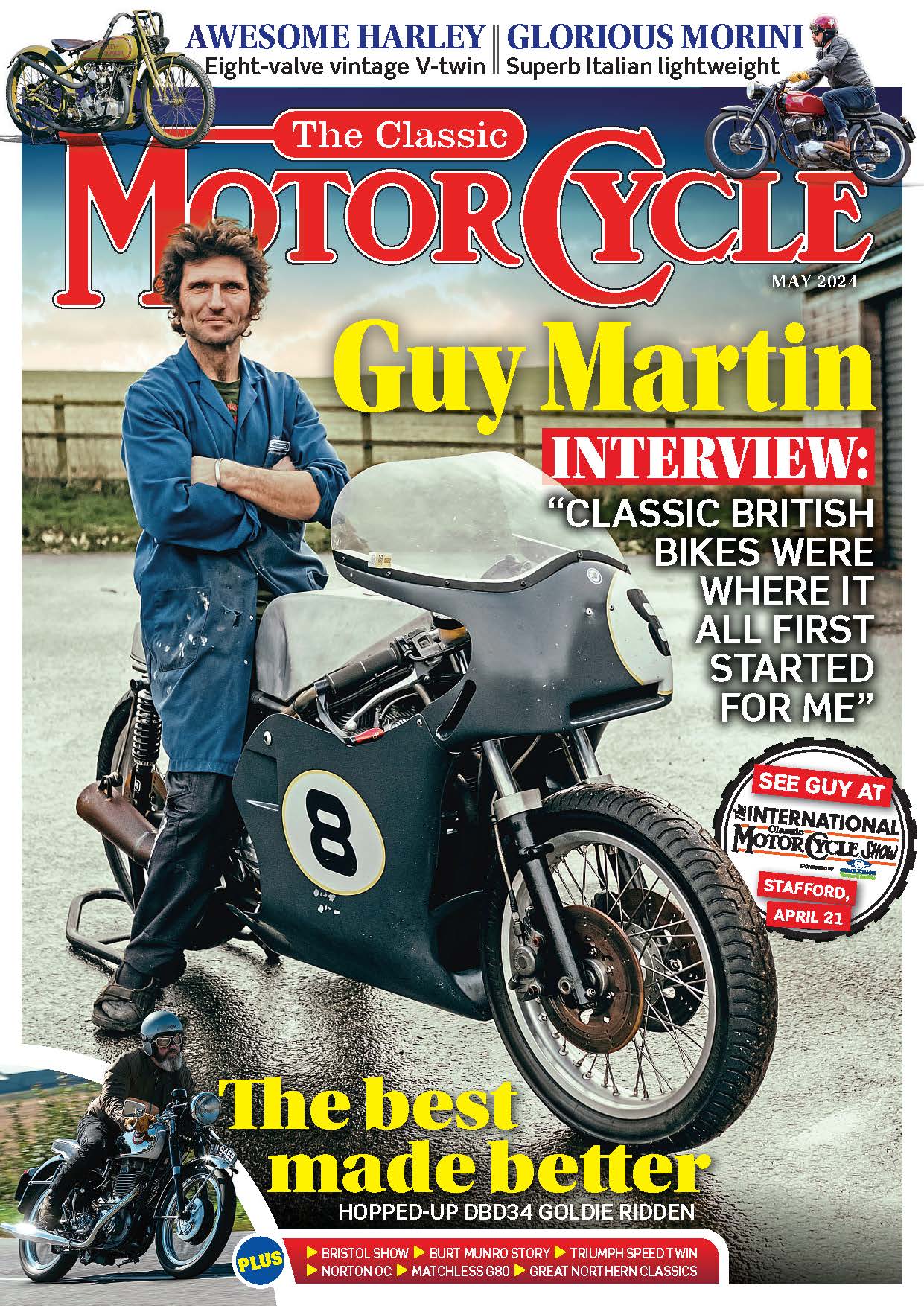With reference to the Vincent Meteors feature in the May 2020 issue.
As a Vincent Series C Comet rider for over 50 years, I quite agree with James Robinson that the Comet does feel like it is falling into corners. Corners, that is, not bends.
Enjoy more Classic MotorCycle reading in the monthly magazine.
Click here to subscribe & save.
This is most noticeable when turning left at low speed, such as when joining a main road from a side road.
This was the penalty of transferring forks designed for the twin to the lighter single. I believe the works were aware of this and had considered lightening the forks in the manner of the Grey Flash racer where a significant amount of material was milled from the inner sides of the Girdraulic fork legs.
Three things militated against this.
First, obviously, production costs. Second, a lot of Comets were fitted with sidecars where the lightened forks might not withstand the inevitable side thrusts. Third, that as the forks were interchangeable with those fitted to Rapides and Black Shadows, it was feared that some owners might fit them to a twin with disastrous results.
Personally, I have always wanted a ‘B’ Meteor but none were available when I could afford one. Unfortunately, a number of Meteors were upgraded by their owners (often at the works) to Comet specification, probably because in the 1950s the Brampton girders were looking distinctly old fashioned.
The Comet catalogue illustration featured in the article is of an entirely mythical beast. It is an artist’s mock -up based on a photo of a Series B Meteor with Girdraulic forks grafted on.
This was at the period when the Vincent-HRD logo was dropped in favour of plain Vincent. The HRD logos on the tank, crankcase and clutch cover have been erased and Vincent painted in. The prop stands are the short variety fitted to the ‘B’ twins and are unstable with the taller Girdraulics.

The magneto cowl is from a twin and would not fit the single’s narrower crankcase. The Comet cowl has a noticeable bulge to accommodate the magneto. The curious and un-Vincent-like rear brake pedal was of a type fitted to the prototype Meteor and a few production ones.
This was due to using the shorter ‘B’ type rear frame intended for the twin with its final drive on the right. This is evidenced by the straight seat stay lugs.
The Comet’s final drive is on the left and so a new rear frame was introduced that was suitable for both twins and singles. It was a tad longer and had fittings for the rear brake set up on either side so utilizing the same brake pedal arrangement as on the twins.
All Comets were fitted with this rear frame, which can be recognised by the curved seat stay lugs.
Interestingly, the ‘B’ Meteor featured in the article has curved seat stay lugs, meaning the later long rear frame is fitted, but, as they say ‘No two Vincents are alike.’
Hugo Myatt, via email.
Read more Letters, Opinion, News and Features at www.classicmotorcyle.co.uk and in the July 2020 issue of The Classic Motorcycle – on sale now!
Advert
 Enjoy more The Classic MotorCycle reading in the monthly magazine. Click here to subscribe.
Enjoy more The Classic MotorCycle reading in the monthly magazine. Click here to subscribe.











